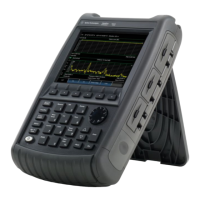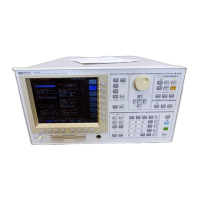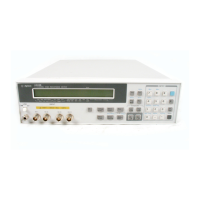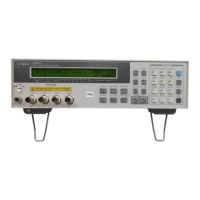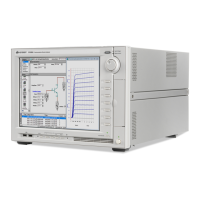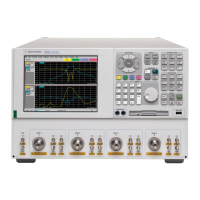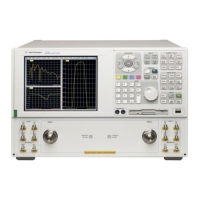DTF (Distance to Fault) Measurements 37
Stop Frequency – Stop frequency that is used to calculate DTF.
Range Resolution. Indicates the accuracy of the distance to fault measurement.
For example, with range resolution of 500 mm, if the distance to fault is 10
meters, this value could be inaccurate by +/- 500 mm or between 9.5 to 10.5
meters. This value is calculated from frequency span / resolution (points).
Response Resolution, not displayed, indicates the distance that could be between
two faults and still show as separate faults. Learn more in Window Settings on
page 36.
Maximum Distance. The distance that could be viewed with the current settings.
Defined by: Vf*c*Points/(2*Bandwidth) where:
o Vf = velocity factor
o c = speed of light
o Points = resolution
o Bandwidth = frequency range
Alias-free Range (On/Off)
o On = No Alias images
o Off = Alias images may appear in the response.
About Alias Faults
An alias fault is not a true device response. An alias fault appears because of the
method used to convert frequency to time.
On the DTF Settings page (above) the c - Alias-free Range = Off setting indicates
alias images MAY appear on the screen.
Shorter stop distances (less than 10 meters) and a higher resolution (1001
points) will be more likely to result in Alias-free Range = Off.
When the Alias-free Range = Off, the following procedure will help to determine
if a response is true or an alias response:
1. Put a marker on the response in question and note the distance to the fault.
2. Change the start or stop distance.
A true fault response will not move in distance. That is, if a true fault is present
at 10.3 meters, changing the stop distance from 15 m to 20 m will not move the
fault; the fault will remain at 10.3 meters. However, an alias response will
appear to move.
An un-terminated cable (with NO perfect load at the end) will show faults that
appear to be beyond the end of the cable. These are NOT alias faults. These faults
appear as the signal reflects off the open at the end of the cable and travels back
down the cable toward the connection at the FieldFox. Re-reflections are
measured at the FieldFox as mirror images of the original faults. The largest fault
is the open end of the cable. To avoid confusion, set the Stop distance shortly
after that fault.

